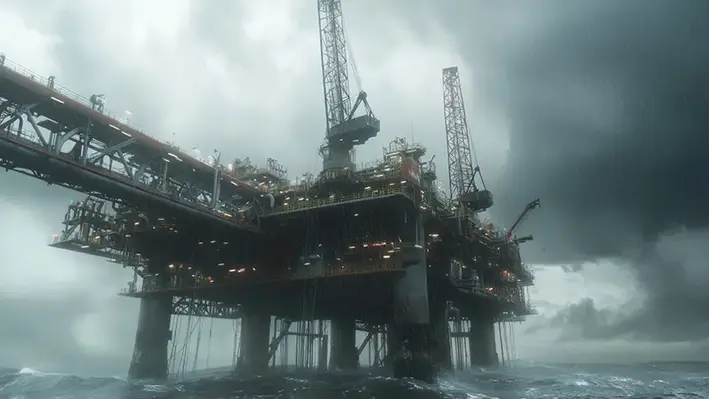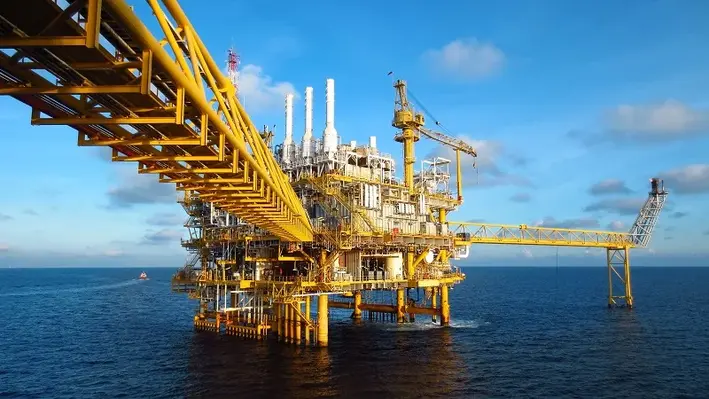
While subsea pipelines that are not in use are considered obstructions and need to be cleared by operators from the seafloor, there are a number of gaps in regulations governing the decommissioning of subsea pipelines.
For example, when the BSEE staff refuses to find a pipeline as obstructive, they may proceed to clear the inside of the pipeline, secure its ends, and leave it on the seafloor. This is considered an exception which has resulted in nearly 97% of disused pipelines to remain on the ocean floor. According to the Governmental Accountability Office (GAO), operators had left around 18,000 miles of disused pipeline at the bottom of the Gulf of Mexico, as of 2021. Although these structures might go on to become an obstruction over time, their removal has been largely unsuccessful in most cases, due to a lack of funding mandate allocated towards pipeline removal.
Another notable loophole is the absence of fixed decommissioning deadlines within existing regulations. Verification regarding the absence of obstructions on decommisioned pipeline sites are also not mandatory. Moreover, BSEE regulations do not require operators to monitor and report on decommissioned-in-place pipelines, nor does BSEE itself monitor decommissioned-in-place pipelines. There is also no fixed data on the extent to which the industry is actually complying with any of the agency regulations that have been laid out.




